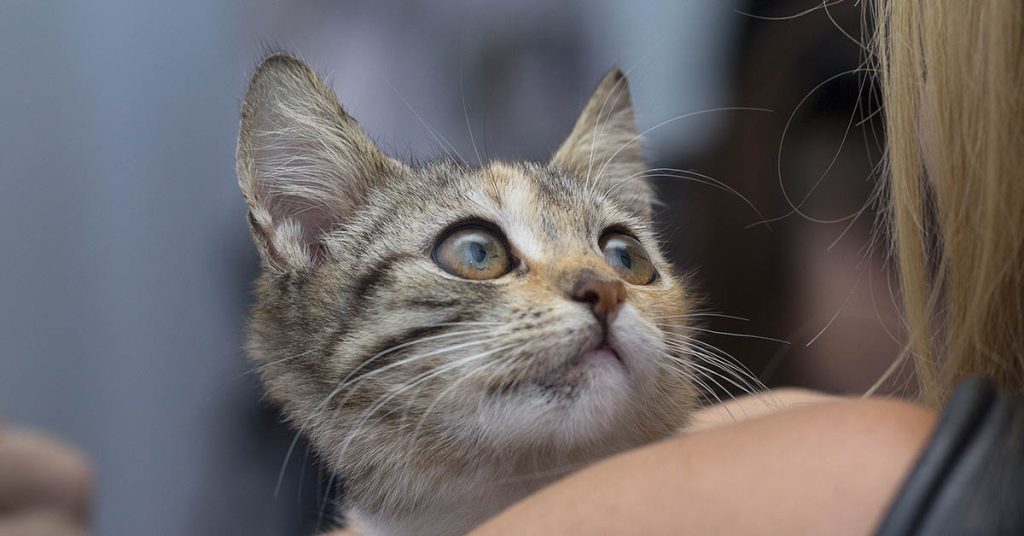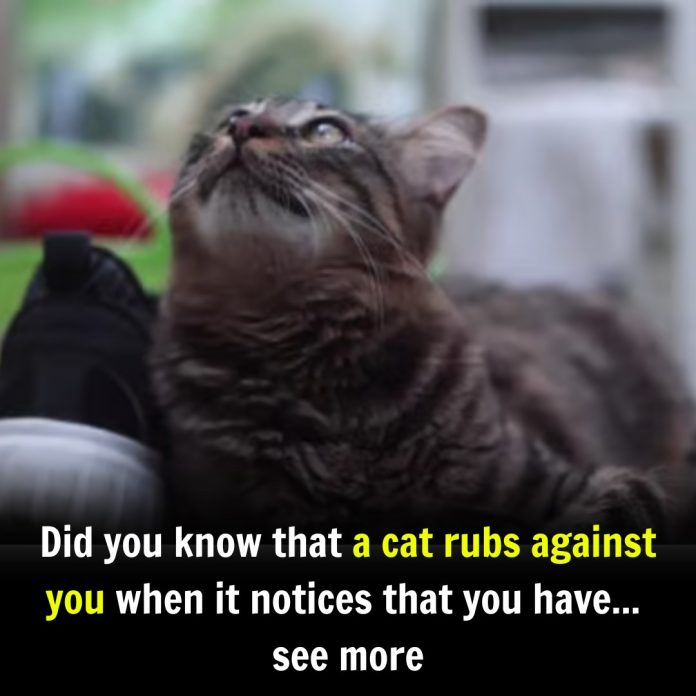Cats are fascinating creatures with a rich repertoire of behaviors that often leave their human companions curious. Among these behaviors, rubbing and scratching stand out as common yet sometimes puzzling actions. Understanding the reasons behind these behaviors can deepen the bond between you and your feline friend.
Rubbing: A Multifaceted Communication Tool
When your cat rubs against you, it’s engaging in a behavior known as “bunting.” This action involves the cat pressing and rubbing its head or body against you, and it serves several purposes:

1. Marking Territory with Scent Glands
Cats have scent glands located on various parts of their bodies, including their cheeks, forehead, and chin. When they rub against you, they’re transferring their scent onto you, effectively marking you as part of their territory. This scent-marking is a way for cats to communicate with other cats, signaling that you are a familiar and safe part of their environment.
2. Expressing Affection and Social Bonding
Rubbing is also a sign of affection. In the feline world, cats that are friendly with each other often engage in mutual rubbing. When your cat rubs against you, it’s expressing trust and affection, treating you as a member of its social group.
3. Seeking Attention or Resources
Sometimes, cats rub against their humans to get attention or signal a need, such as hunger or the desire to play. If your cat rubs against you and then leads you to its food bowl, it’s likely communicating its desire for a meal.
Scratching is another behavior that serves multiple functions:
1. Scent and Visual Marking
Cats have scent glands in their paws. When they scratch surfaces, they leave both a visual mark and a scent mark, signaling their presence to other cats. This behavior is a natural way for cats to establish their territory.
2. Claw Maintenance
Scratching helps cats remove the outer sheath of their claws, keeping them sharp and healthy. It’s an essential part of their grooming routine.
3. Stretching and Muscle Exercise
The act of scratching allows cats to stretch their bodies and flex their feet and claws, promoting muscle health and flexibility.

Understanding these behaviors can help you respond appropriately:
- Provide Scratching Posts: To prevent damage to furniture, offer your cat designated scratching posts. Place them in areas where your cat likes to scratch.
- Positive Reinforcement: Reward your cat with treats or affection when it uses the scratching post, reinforcing the desired behavior.
- Respect Their Signals: If your cat rubs against you, it’s often seeking interaction. Respond with gentle petting or playtime, strengthening your bond.
Cats communicate through a combination of behaviors, with rubbing and scratching being key components. These actions are expressions of affection, territorial marking, and physical maintenance. By understanding and respecting these behaviors, you can foster a harmonious and enriching relationship with your feline companion.

















